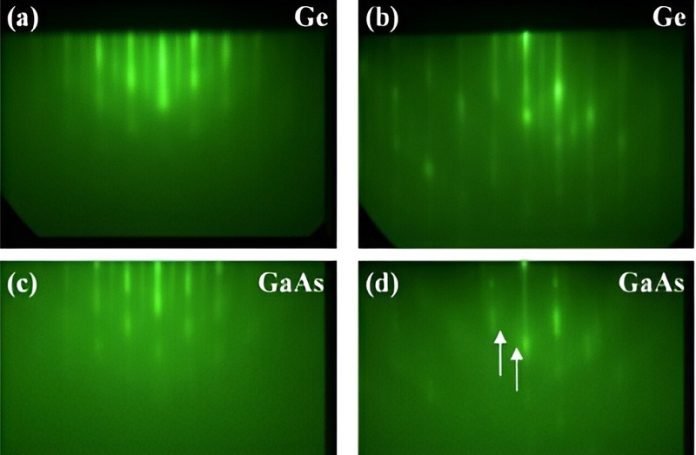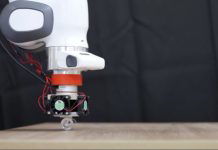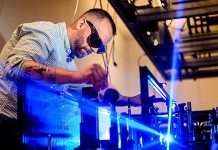
The future of affordable, high-tech electronic devices is looking bright thanks to an exciting breakthrough in semiconductor technology.
Researchers from the University at Buffalo, Texas State University, and TapeSolar Inc. have developed a new way to create flexible, high-performance semiconductors at a lower cost. Their findings were published on May 2 in Scientific Reports.
For years, silicon-based semiconductors have been the backbone of our electronic devices. However, as our demand for powerful yet inexpensive gadgets grows, scientists have been searching for better materials.
Wide-bandgap semiconductors are one such promising alternative because they can operate at higher temperatures and manage more power. The downside? They’re very expensive.
The innovation in this study focuses on a technique called epitaxial deposition.
This involves carefully placing molecules on top of a crystal substrate so that they align perfectly. Traditionally, this method uses gallium arsenide on single-crystal gallium arsenide substrates, which have excellent physical and electrical properties.
These are ideal for high-performance devices like solar panels and other electronics. However, gallium arsenide substrates are costly, come in small sizes, and are rigid, meaning they can’t be used on curved surfaces.
To address these limitations, the research team tried something different. They still used epitaxial deposition, but instead of single-crystal substrates, they used a single-crystal-like germanium substrate.
This new substrate is flexible and can be made using roll-to-roll manufacturing—a process similar to a printing press. This method is not only cost-effective but also efficient, potentially revolutionizing the production of flexible electronics.
In 2022, the same team made headlines by creating these single-crystal-like germanium substrates, as reported in PNAS Nexus.
Building on that success, they analyzed the new gallium arsenide semiconductor using advanced techniques like X-ray diffraction, electron microscopy, and photoluminescence spectrometry.
The results are promising. According to Amit Goyal, Ph.D., the study’s corresponding author and a distinguished professor at the University at Buffalo, these new single-crystal-like gallium arsenide films could be incredibly useful in many applications.
Their large size, flexibility, light weight, and high performance make them ideal for various electronic devices.
This breakthrough could pave the way for the next generation of flexible, high-tech electronics that are both powerful and affordable.
As researchers continue to refine this technology, we can look forward to more innovative and accessible electronic devices in the near future.



